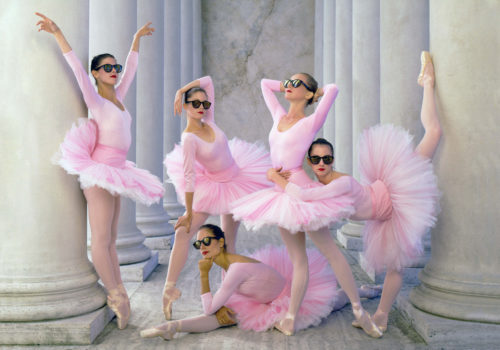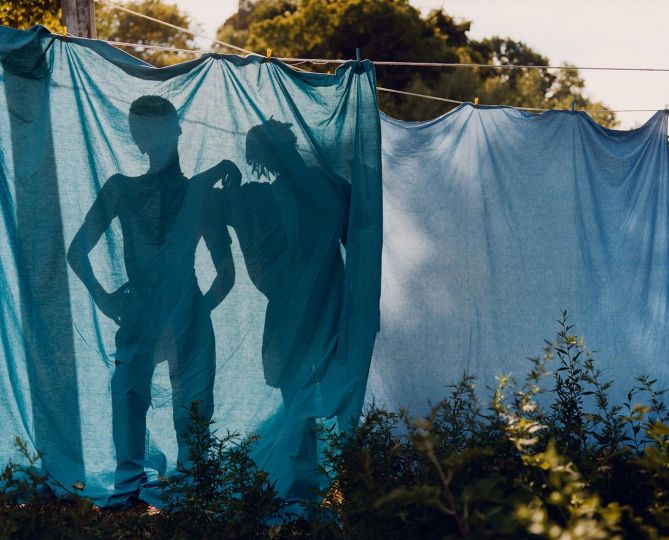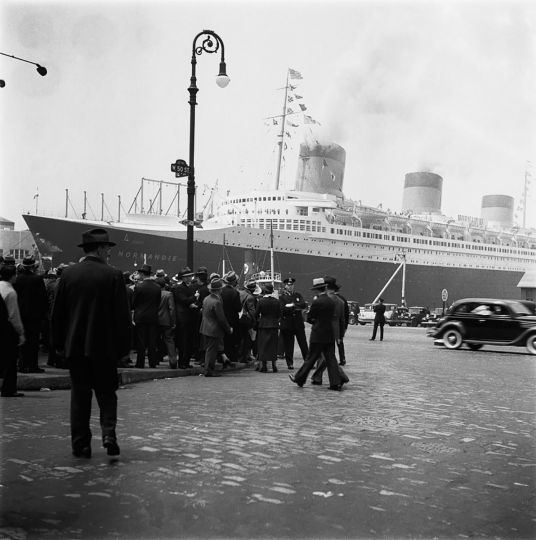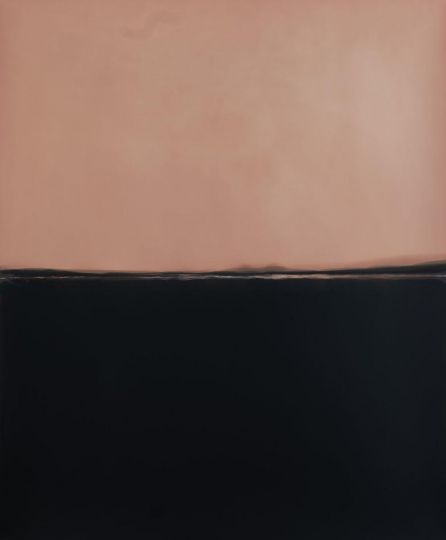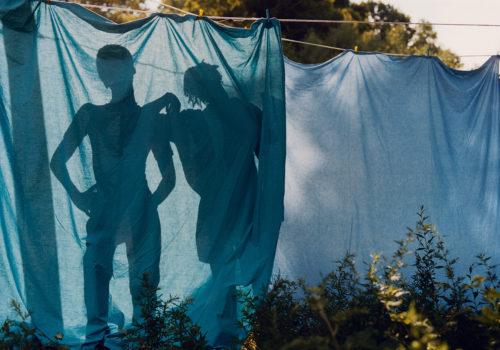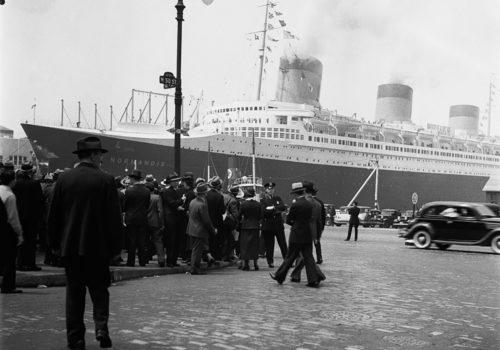”My career as a photojournalist took off in a helicopter carrying the military dictator of Panama. I was a stowaway. Uninvited, I was hoping for exclusive photographs of this media-shy ruler. I didn’t know if I would be invited to exit the aircraft before it landed. It turned out to be my entrée to more than two decades of shooting for Time magazine.” – Tom Zimberoff
A PHOTOGRAPHIC MEMORY
The Art of Memorializing Personal Encounters on Camera By Tom Zimberoff
We don’t load cameras much anymore, but we still aim them and shoot pictures. With that in mind I get a bang out of describing my pursuit of portraits as a predatory sport, hunting big game: the famous and the fascinating. I try to get close enough for a good clean shot — close, as in rapport, not mere proximity — to avoid inflicting gratuitous wounds like a paparazzo. I don’t stalk my prey. I bag my quarry with a lens instead of looking down the barrel of a gun. But I still hang their heads on a wall to admire like trophies.
By any taxonomy — trophy, keepsake, memento, souvenir, prize, totem, or print — A Photographic Memory describes how this collection was built, one portrait at a time, with no particular endgame in mind. It was my life. I had the time of my life.
Photographers are inveterate collectors. That’s the hunting part. Meeting someone with a story to tell and memorializing our encounter — in one shot, so to speak — is a challenge. I enjoy meeting that challenge. It doesn’t always go well. But when it does, the portrait itself expresses my satisfaction. Of course, not every subject is famous. But it’s a privilege to rub shoulders with movers and shakers, people I admire and people I may come to admire, sometimes exchanging ideas or opinions if only for an instant of egalitarian conceit. In the end, my relationship with each person I photograph is the photograph. It’s what we both saw and felt in the moment, looking at each other. My point of view, the portrait, is a proxy for the viewer. Now I can pair each portrait with words, with stories about opportunity and collaboration, to include readers in the experience of creating and collecting portraits in addition to seeing them.
When photons bounce off living beings, yanked through a lens by an occult force called “the mind’s eye” to converge at a focal point on a light-sensitive substrate inside a dark box, two parties on either side of this contraption, a camera, are committed to telling a story for one endlessly enduring moment.
That’s portraiture, the still life of a human being. It’s magic.
A Photographic Memory is an anthology of stories about my compulsion to create portraits. Each story, each chapter, is about a photograph, but it’s not a “photo book” per se; it’s not about f-stops and shutter speeds. And it’s more than a memoir. The text does more than caption the photographs; the photographs do more than illustrate the text. By taking the pictures off the wall and putting them in this book, I can juxtapose a discrete work of visual art in each chapter with equally compelling prose about the events surrounding its creation and the luminary it portrays.
I believe the hallmark of any significant body of work is its dualism: collectively autobiographical (about the photographer) and individually biographical (about each subject). The portraits, the chapters, need not be sequenced chronologically; however, the upshot of doing so is a de facto autobiographical account of a career in photojournalism. A Photographic Memory documents my exploits as a photojournalist who had to earn the trust of scientists, scholars, warriors, athletes, authors, CEOs, politicos, beauties, musicians, filmmakers, actors, and people of every stripe to give me their undivided attention and let me reveal something new about themselves.
“Portrait photography is ten percent inspiration and ninety percent moving furniture” – Arnold Newman
Everyone has a camera. We all take pictures. We’ve all had our pictures taken, often with, or for, family and friends. We’ve all got our selfie faces now, too. But the experience of being portrayed is an act of total engagement. It is not a common experience. It is often executed by a stranger.
Few of us have ever been invited to sit for an extended time in isolation with a punctilious portrait photographer, or a photojournalist, surrounded by light stands, cables, strobes, umbrellas, computer monitors and all of the arcane paraphernalia that that entails. Even if the experience is as simple as facing a photographer with only a camera on a tripod, it’s unnerving to be stared at through a lens. It’s uncomfortable taking direction, being manipulated into a pose. Nevertheless, a first-rate portrait is always contrived — but in the best sense of the word, as being deliberate and collaborative. At worst it’s a snapshot.
Portrait photography, compared to, say, a close-up of a celebrity in People magazine (typically called a “headshot”), takes that experience closer to the sublime. When looking closely at a portrait, particularly of someone famous, their gaze is returned unflinchingly. It will satisfy a viewer’s curiosity without fear of embarrassment. There’s no flinching, no compulsion to look away. The Portrait is an art form, not a format; not merely a vertical framing, a close-up. Incidentally, I shot the very first cover of People in 1973: Mark Spitz. It was the in-house dummy that encouraged Time Inc. to green- light its publication.
When it comes to portraits, I don’t capture anyone’s likeness surreptitiously, even though I take advantage of spontaneity. But a portrait cannot be rationalized as being “candid” just for being fleet or unrehearsed. The idea of a candid portrait is an oxymoron. It lacks the intellectual rigor of preparation and technical proficiency that go into the creation of a telling portrait. The headshot of a wizened old man in some far-flung locale or a “pretty girl in native costume” come to mind. Despite being sharply focused, well exposed, and adequately composed, those are just souvenirs made by camera enthusiasts and tourists. On the other hand, whether shot with an iPhone or a Hasselblad, a portrait is the result of a photographer’s collaboration with a sitter. It is rarely a one-sided depiction because it reflects the sitter’s participation, both literally and figuratively. It should be self-evident, just by looking at it, why a portrait was made; certainly not to recreate a cliché. In the hands of an artist, an iPhone is a fine tool for making portraits. But so is a pinhole punched into an empty oatmeal box having a piece of film Scotch-taped inside. It’s the result that counts, not the kind of camera used to create it.
Portraitists, whether they rely on film, pixels, pencils, or paint, are storytellers. Those who use a camera are concise storytellers indeed, working in a medium with only two dimensions (unlike sculptors) and only one frame (unlike moviemakers). Photographers have less leeway than writers (in particular biographers) who can exploit their readers’ boundless imaginations. One also hopes to make a portrait during an important episode in the subject’s life because it makes a good story, and the moment itself is preserved.
These are my stories. They are still sought after by mass media publishers who reach out.
As of this writing, for example, Vanity Fair published, Photographer Tom Zimberoff Captures Ava Gardner’s Last Sitting.
Tom Zimberoff
Zimberoff’s portraits are found in private collections and museums, including the National Portrait Gallery in London; the Los Angeles County Museum of Art; and the San Francisco Museum of Performance and Design. His black-and-white negatives and color transparencies are archived at the Briscoe Center for American History at the University of Texas at Austin.
A classically-trained clarinetist, Tom studied music at the University of Southern California before pivoting to photojournalism. He has traveled the world covering hundreds of historical and breaking news stories. He’s shot many hundreds of portraits, including magazine covers depicting cultural icons from John Lennon to Steve Jobs plus two sitting American presidents (Carter and Reagan) for the covers of Time and Fortune. He has shot advertising campaigns for Fortune 500 companies, the US Navy, and many Hollywood productions, with access, both on- and off-set, to the cast and crew.
Tom created PhotoByte®, the first successful business-management software for photographers. He founded a venture-funded startup during the “dotcom bubble” and later joined the StartX community of start-up companies affiliated with Stanford University. He wrote the book about the business side of photography titled Photography: Focus on Profit (Allworth Press, 2002). It was used to teach at colleges
across the country. He wrote and illustrated a two-volume set of coffee-table books entitled Art of the Chopper1 about the custom motorcycle culture he calls “Haut Moteur”, with both biographies and photographs of its proponents. His photographs plus thirty of the actual motorcycles featured in the two books were exhibited at the William J. Clinton Presidential Library & Museum in 2009. The exhibition, including the motorcycles perched on pedestals as examples of sculpture, traveled to the Appleton Art Museum in Ocala, Florida, then to Union Station in Kansas City, Missouri.
Breaking away from an early start covering rock ’n’ roll, Tom’s career as a photojournalist took off in a helicopter carrying the military dictator of Panama. Tom was a stowaway. He was hoping, once on board, for exclusive photographs of this media-shy ruler. He hadn’t given thought to the possibility of an invitation to exit the aircraft before it landed. It turned out to be his entrée to more than two decades of shooting for Time magazine. “Danger is less obvious through the viewfinder of a camera; like watching a movie screen in the dark. It’s not real until you bring home the film, develop it, and look at the prints. Then it’s real.”
Zimberoff was born in Los Angeles in 1951. With three already-adult siblings, he felt like he grew up with five parents. He was raised commuting between LA and Las Vegas, where his mother and father both spent the latter part of their careers; his mother as a small-business owner and his father as a musician who played in the hotel orchestras on the Strip, accompanying Nat King Cole, Bobby Darrin, Frank Sinatra, and Wayne Newton et al. He also played many LA studio recording sessions. Tom lives and works in San Francisco.

